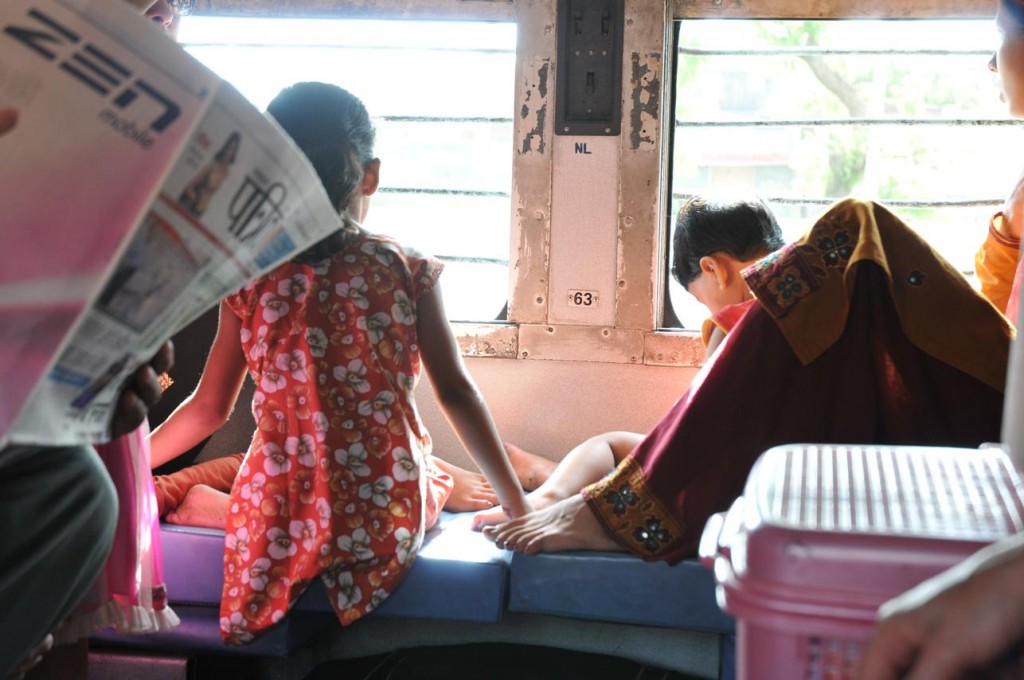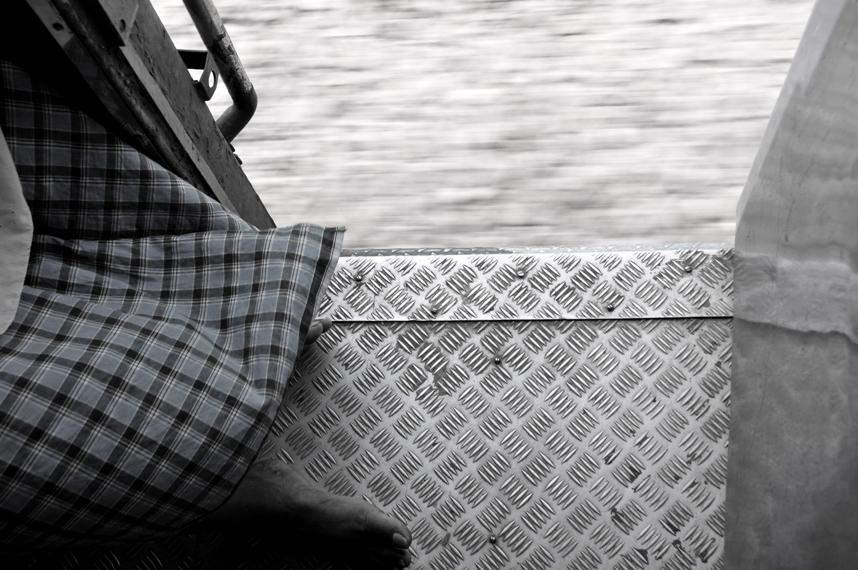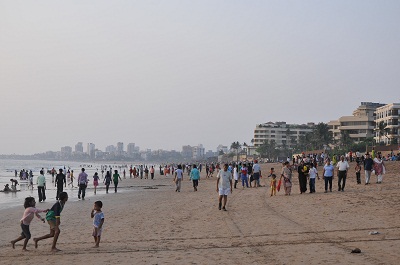
After spending a few days in Mumbai sorting out travel arrangements and what we wanted to do, we decided to venture to Pushkar in Rajasthan before heading to Delhi and further north to the mountains.
Visiting Rajasthan during April is not usually recommended as it’s hot and dusty. For the most part, tourists will only visit during the cooler months. Rajasthan is well known for its forts and palaces, and while I didn’t get a chance to visit many of the sites, places such as Jaisalmer and Jaipur look like they came straight of storybooks.
But, as we wanted to get up to the hill country in the northern state of Himanchal Pradesh as quickly as possible, we only stopped in Pushkar for a few nights.
Leaving from Mumbai, we took the overnight train on sleeper class rather than the more popular tourist choice of air-conditioned second or first class carriages. This was quite the experience. Arriving at the station, we found the train and our seats. I admit that if I’d been on my own, I may have freaked out. The station was dirty and young beggar children continually asked for food and money. We were at the station two hours before the train was scheduled to leave and the sun was just beginning to set. The compartments were dark and dingy. The fans, which at this stage were not on, were encrusted with dirt and I couldn’t imagine spending 24 hours holed up in this grimy train.
After some time sweating on the plastic benches, the lights turned on, the fans began to spin and the train filled up with passengers. My mom and I were sharing with a young family with two kids and a man travelling alone. Nobody spoke English, but the atmosphere was quite festive. People milled around and chatted, food was hauled out of suitcases as passengers settled down for supper, and chai wallahs walked up and down selling tea and food. As we headed further out of Mumbai, cooler air wafted in through the open windows as we rushed past smaller and smaller stations and towns.
Being the only white faces on the train meant that we attracted quite a few stares, but unlike later experiences in Delhi (in which young boys threw a lime at the back of my head) nobody made any untoward comments or made me feel uncomfortable – in fact it was quite the opposite and my mother and I were made to feel safe and welcome.
At around 11 pm, the lights went off and everyone retired to sleep on the three tier benches. I covered myself with a shawl and was rocked to a fitful slumber by the motion of the train. While I didn’t quite fit in a solid night’s sleep, I think with enough practice, it could be quite easy to sleep soundly and wake up refreshed in the morning light.
It was interesting to see how the seasoned sleeper class passengers travelled – with blow up pillows, blankets and bars of soap and tiny towels for morning ablutions. During the night an additional traveller had joined our coupe. Pasha, as we later learnt, was a fire extinguisher salesman from Mumbai. He, like many Indians, spoke very good English and he and his friend, Shabbar, were goodcompany for the rest of the journey.
Pasha was incredibly hospitable, treating us to chai and cooldrinks throughout the trip and giving us advice on what we should and shouldn’t do when we headed further afield. It quickly became clear that he had nothing good to say about anyone hailing from Delhi. Pasha claimed they were all criminals. He cautioned us not to accept food from others and not to trust anyone because they’ll just want to cheat us. While this is quite obviously a very broad statement, the short time that I did spend in Delhi didn’t manage to completely counter Pasha’s negative descriptions.
During the day, small groups of musicians would walk up and down the aisle playing drums, tambourines and singing traditional Indian songs. Lying on my bunk melting in the midday heat, I floated off to sleep listening to the wavering, haunting voices of the young musicians.
Taking sleeper class, unlike the more expensive air-conditioned carriages, gives you a taste of how average people in India get from place to place. And because of the open windows, you get a real feel for the landscape and terrain. For some, sleeper class could be a little too overwhelming due to the heat and the human closeness. It was hot, it was not particularly clean and I was rather tired by the end of it. But it was cheap, interesting and fun and is definitely recommended, even if you only take sleeper class once. That said, I imagine that if I was travelling alone I may have found it more daunting.

Practicalities:
- The price of sleeper class from Mumbai to Ajmer was about Rs 350 (R60) per person and is a very cheap way to travel.
- There are “western style” and “eastern style” loos, but the western ones are generally filthy.
- You can buy food along the way, but we brought our own snacks with us.
- Luggage is stored under your seats. We bought a lock and chain and attached the bags to the seats just to be safe.
- It’s a good idea to have a sarong or large, thin shawl handy to cover yourself while you sleep.




